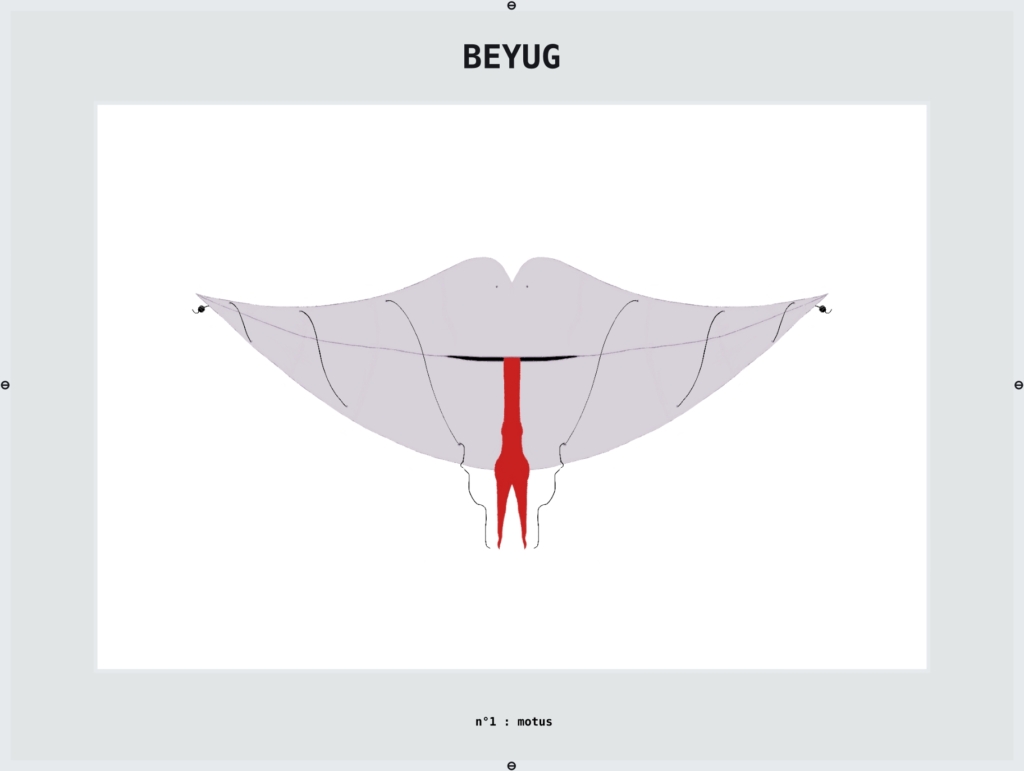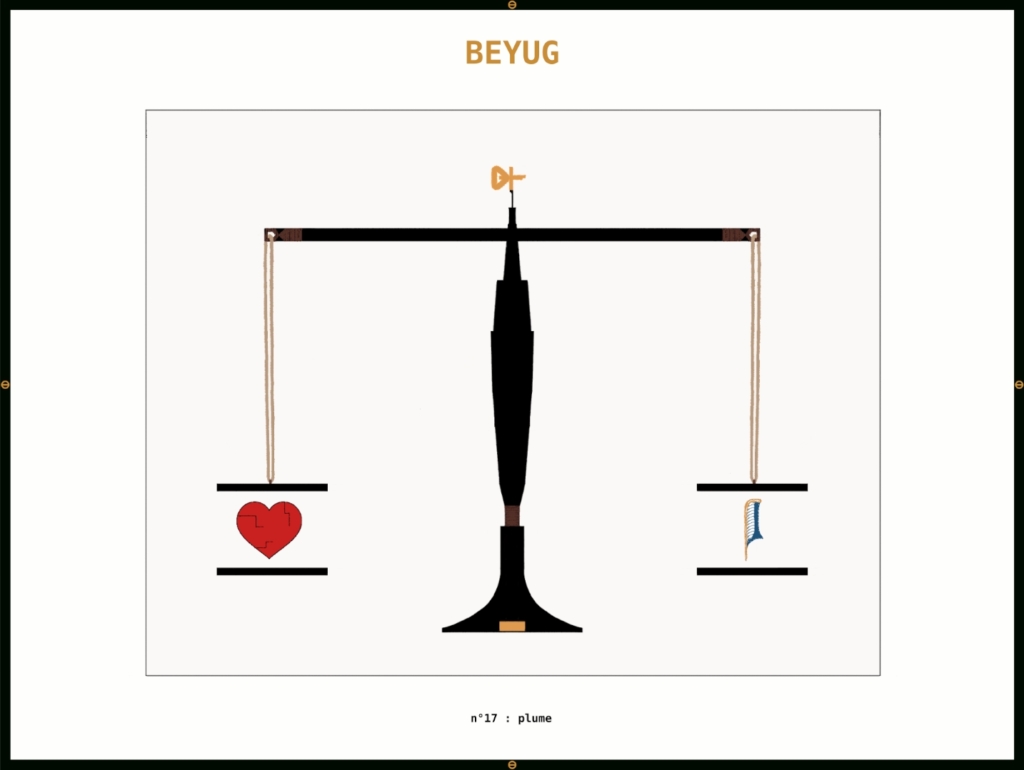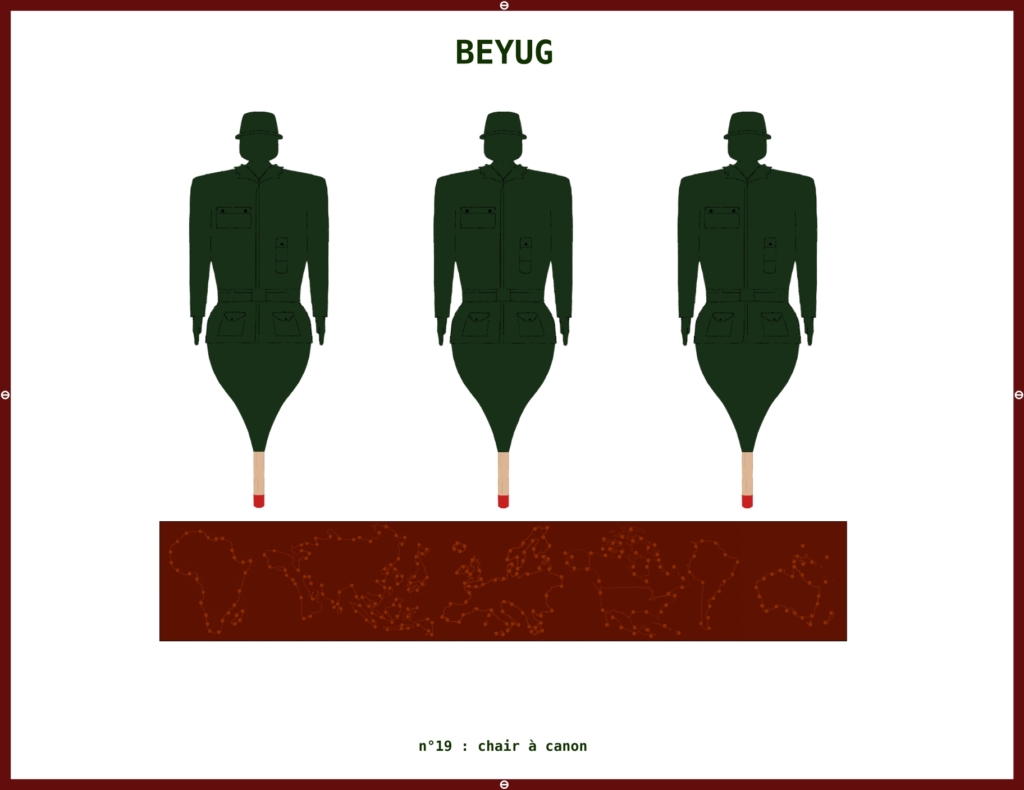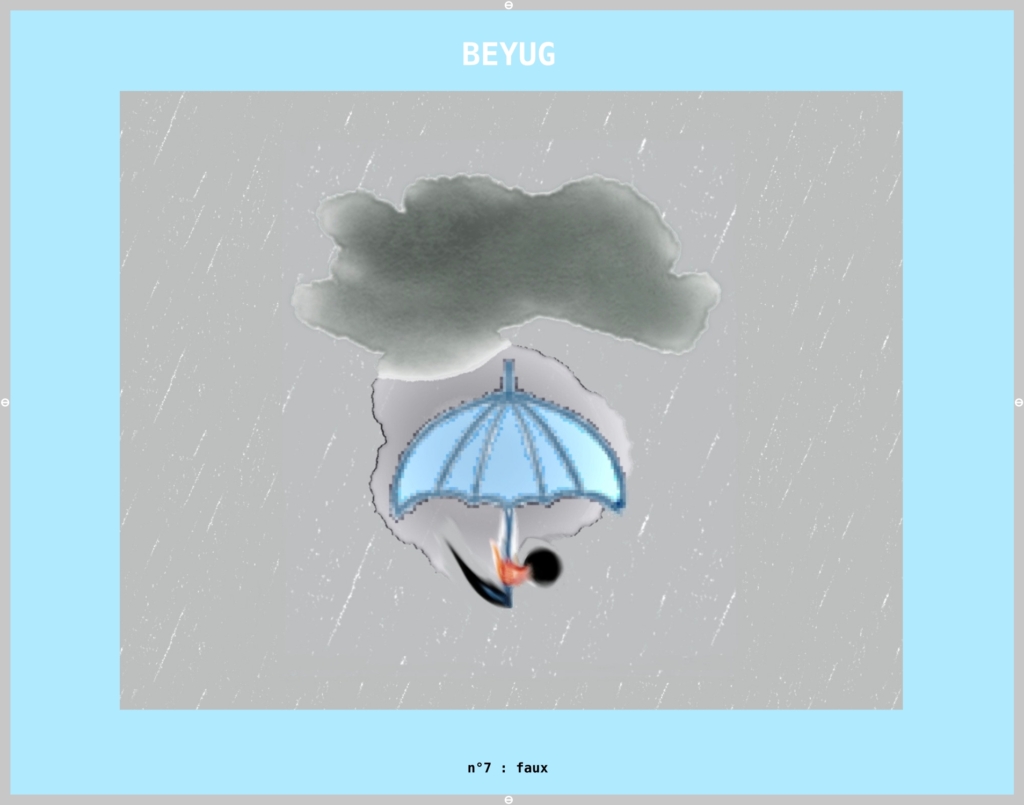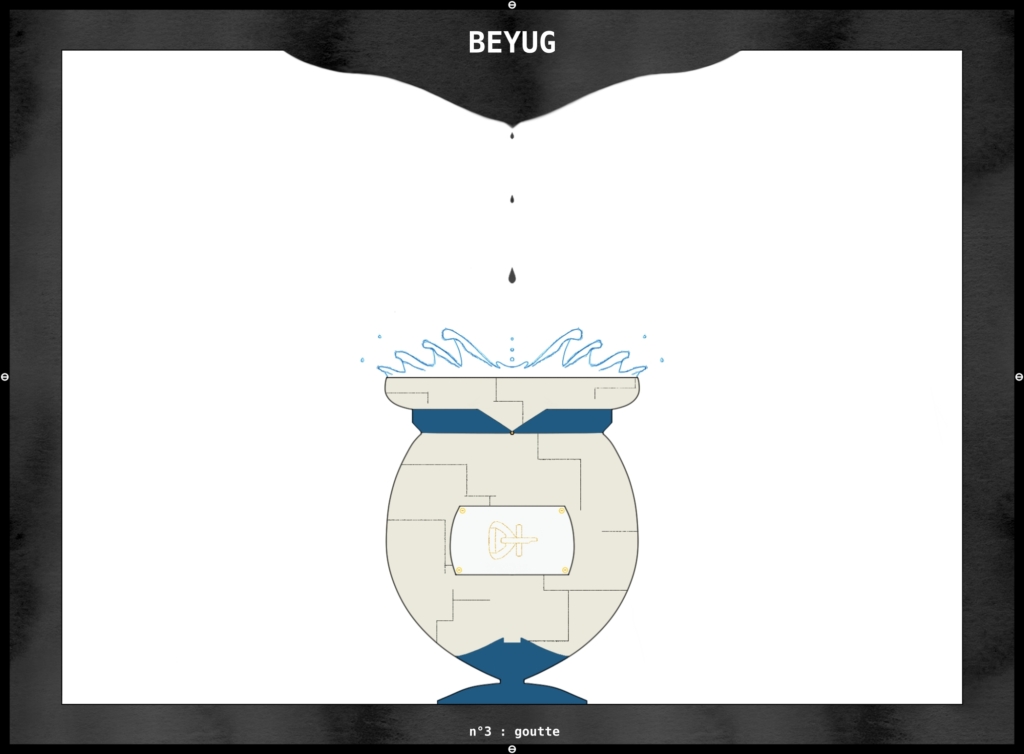NFT ART
Bienvenue dans la catégorie NFT ART de la marque BEYUG, chaque Token est dessiné à la main par leur créateur BEY Yug fondateur de la marque et unique dans leur signification. Les NFT sont disponibles en 10 exemplaires.
Currently on sale on OpenSea, follow this link https://opensea.io/collection/beyugnft
n°1 : motus
This first No Fungible Token is number 1 and is entitled "motus".
The number 1 was chosen because in sign language when it is designated by the index finger and placed near the mouth its meaning is silence.
Motus comes from the expression "motus et bouche cousue", which appeared in the 14th century and is the result of the deformation of the Latin "mutus" meaning mute.
Let's look at the work, the idea was to reproduce in images the fact of not respecting the word given to others. The pretty mouth represents the benevolent person in whom you had confidence, the paleness of the lips is a sign of bad health and weakness. From this weakness was born the untying of the mouth evoked by the thread which at its fall raises two people sitting ready to speak separated by a viper's tongue forming two seductive bodies to which one could reveal any secret.
n°17 : feather
The number 17 refers to the statistic that an adult heart is 17 times the size of a newborn's. This information leads us to a rather poetic paradox: "the bigger our heart gets, the smaller our humanity becomes". This same number 17 is symbolic of justice and order as it is the number of the police in France.
Feather, more precisely the ostrich feather, represents here Maat the Egyptian goddess symbol of order, justice and truth.
Let's look at the work, it is a representation of the Last Judgment in ancient Egypt called "the weighing of the soul". The soul is represented by the heart of the deceased. If the heart of the deceased weighs more than the feather of Ma'at because of his or her sins, then the heart is destined to be devoured by Âmmit, a goddess with a hybrid body who devours unworthy souls. But if the heart is in perfect balance with the feather, the deceased is allowed to remain in the afterlife for eternity. The heart, in this representation, is strewn with cracks that signify that it is broken by others. This leads us to ask the question: "What is the weight of the soul of a broken heart?"
n°19 : cannon fodder
The number 19 was first designated in honor of Albert Fernand Séverin Roche, a hero of the First World War. He joined the Great War in 1915 despite a first refusal from the council finding him too puny, he insisted and joined the 27th battalion of alpine hunters engaged on the Aisne when he was only 19 years old. Nine times wounded during his service, he captured 1180 soldiers and saved his seriously wounded captain by crawling for ten hours between the lines. He was presented as the First Soldier of France by General Foch, and received several decorations for his heroism, including the Military Medal and the Legion of Honor.
The number 19 has also its importance in a tragic date, the plebiscite of August 19, 1934 under the Third Reich won by Adolf Hitler who will cumulate the functions of chancellor and president of the Reich. He assumed the title of Führer and was one of the initiators of the Second World War in 1939 with the invasion of Poland by Germany.
Cannon fodder, person sent to death.
Let's look at the work, the idea is to denounce the use of human lives to enslave the ideals of leaders, who by subtlety, invoke heroism, honor and duty to the fatherland. The military is illustrated here in the image of little green soldiers, who are ultimately simple toys that are sent to the front.
The illustration of the latter concludes with match heads to imitate the expression "setting fire to the powder keg". The world is presented here on the scraper of a matchbox in order to evoke the fragility and the facility of the Men to make the war.
n°7 : false
The number 7 was chosen due to its visual similarity with the scythe as well as in reference to the 7 deadly sins (greed, sloth, gluttony, anger, lust, envy, pride) and their close connection with egoism, all the deadly sins are related to pleasure and satisfaction of the "I".
"All of them lead to that of pride, but they all come down to that of egoism. He, therefore, who is not selfish is necessarily also an enemy of pleasure, for having become master of himself, he has obviously mastered them all."
- Chapters of the disciples of Evagrius, ch. 69 (Géhin, p. 168)
(In French "Faux" defines the false, a false person and the scythe). False, which will act here in its double definition that of the tool in reference to the evil, to the death of which the famous reaper as well as to define the false, the falseness of a person that which dissimulates its objectives and its real feelings.
Let's look at the work, the idea is to imagine the help in its different forms, benevolent or by selfishness.
The storm and the bad weather define the problem we are facing.
The umbrella symbolizes support in the face of problems defined here by bad weather. It has a clean, clear side expressing unfailing help represented by the canvas but we notice that the solid parts are pixelated, blurred to warn the mind that this help is not clear, true, that it may not be as altruistic as it seems.
The outstretched hand holding the umbrella for the benefactor and the handle in the shape of a scythe for the malevolent, if you close the umbrella's canvas and reverse the direction of the umbrella it turns into a scythe, a kind of deception to reveal the true nature of this support.
According to Immanuel Kant, men do not do evil for evil's sake but for their own good, which places egoism as the foundation of all sins.
n°3 : drop
The number 3 was chosen in reference to the three poisons of Buddhism that bring suffering to man. They are ignorance, greed and anger, and it is this last poison that is related to our work, it is represented by the snake in Buddhism.
Drop, small amount of liquid that takes a round shape.
The torture of the water drop is a method of torture consisting of tying a condemned man immobile on a board. From then on, at regular intervals, a drop of water fell on his forehead. The lack of sleep and the repetition wears down the subject's resistance. The result is a psychological alteration of the victim, who ends up going crazy. In this case, in connection with our work one sinks into madness by anger.
"Anger is a short folly." – Horace / Epîtres
Let's look at the work, the idea is to represent the openness to anger interpreted by the expression "the drop of water that makes the vase overflow" meaning the incident preceding the state of anger. The dark mass at the edges represents an accumulation of bad emotions, despite wisdom controlling all this negativity, it escapes drop by drop as a kind of venom filling the vase. Accumulating all this poison, the vase eventually cracks and madness breaks out.
